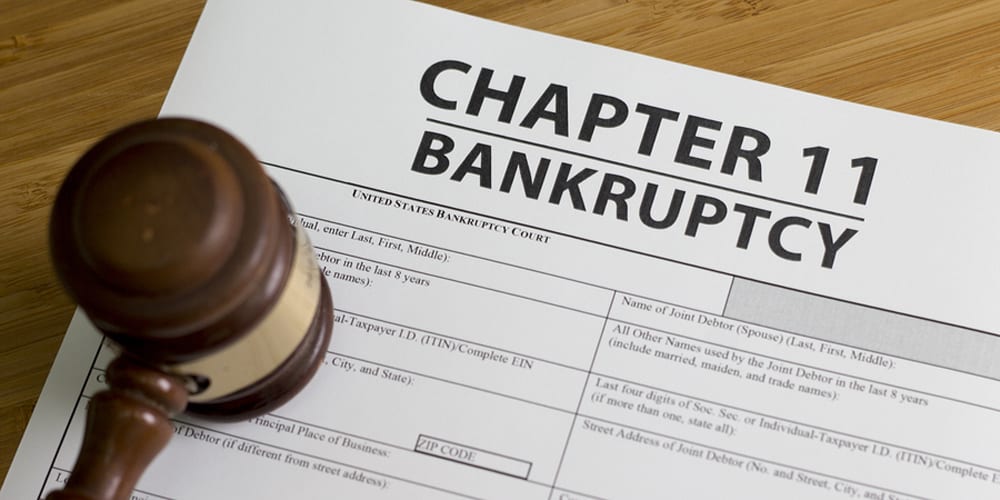
The Complex Landscape of Bankruptcy
Bankruptcy is a financial term that echoes both distress and opportunity. In this comprehensive exploration, we delve into the intricacies of bankruptcy, examining the terminology, the legal frameworks, and the potential paths individuals and businesses may navigate when facing financial crossroads.
1. Filing for Chapter 7: Liquidation and Fresh Starts
For individuals and businesses seeking a fresh financial start, the term “Chapter 7 bankruptcy” becomes pivotal. Often referred to as “liquidation bankruptcy,” it involves the sale of non-exempt assets to settle debts. This process allows for the discharge of unsecured debts, providing individuals with an opportunity for a financial reboot.
The intricacies of Chapter 7 involve a trustee overseeing the liquidation process, ensuring equitable distribution to creditors. The terminology surrounding this chapter includes “exempt assets,” which are protected from liquidation, allowing filers to retain essential possessions.
2. Chapter 13: Reorganization and Debt Repayment Plans
Contrasting Chapter 7, “Chapter 13 bankruptcy” focuses on reorganization and the formulation of debt repayment plans. This chapter is particularly relevant for individuals with a regular income who seek to retain their assets while repaying a portion of their debts over an extended period.
The terminology within Chapter 13 includes “secured debts,” where creditors have a claim on specific assets, and “unsecured debts,” which may be partially or fully discharged. The court-approved repayment plan often spans three to five years, providing a structured approach to debt resolution.
3. Insolvency and Chapter 11: Business Reorganization
For businesses facing financial challenges, “Chapter 11 bankruptcy” offers a pathway to reorganize and continue operations. The term “insolvency” characterizes the financial state that prompts businesses to consider this option, as they strive to meet obligations while restructuring their financial affairs.
Within Chapter 11, the terminology includes “debtor-in-possession,” referring to the company maintaining control of its operations during the reorganization process. Creditors’ committees and the creation of a reorganization plan are integral components, aiming to ensure the long-term viability of the business.
4. Automatic Stay: Legal Halts and Creditor Restrictions
When an individual or business files for bankruptcy, the term “automatic stay” comes into play. This legal provision immediately halts creditor actions, providing a breathing space for the filer to assess their financial situation without the pressure of ongoing collection efforts.
During the automatic stay, creditors are restricted from pursuing legal actions, foreclosure, or repossessions. This term serves as a protective shield, allowing filers to engage with the bankruptcy process and work towards financial stability without immediate external pressures.
Conclusion
As we navigate the intricate landscape of bankruptcy, it becomes evident that the terminology and legal frameworks surrounding financial distress are diverse and nuanced. Whether considering liquidation under Chapter 7, reorganization through Chapter 13, or business restructuring via Chapter 11, bankruptcy provides a spectrum of options for individuals and businesses at financial crossroads. Understanding these terms and pathways is crucial for those seeking to regain control of their financial futures.
For further insights into bankruptcy processes and terminology, visit United States Courts – Bankruptcy.